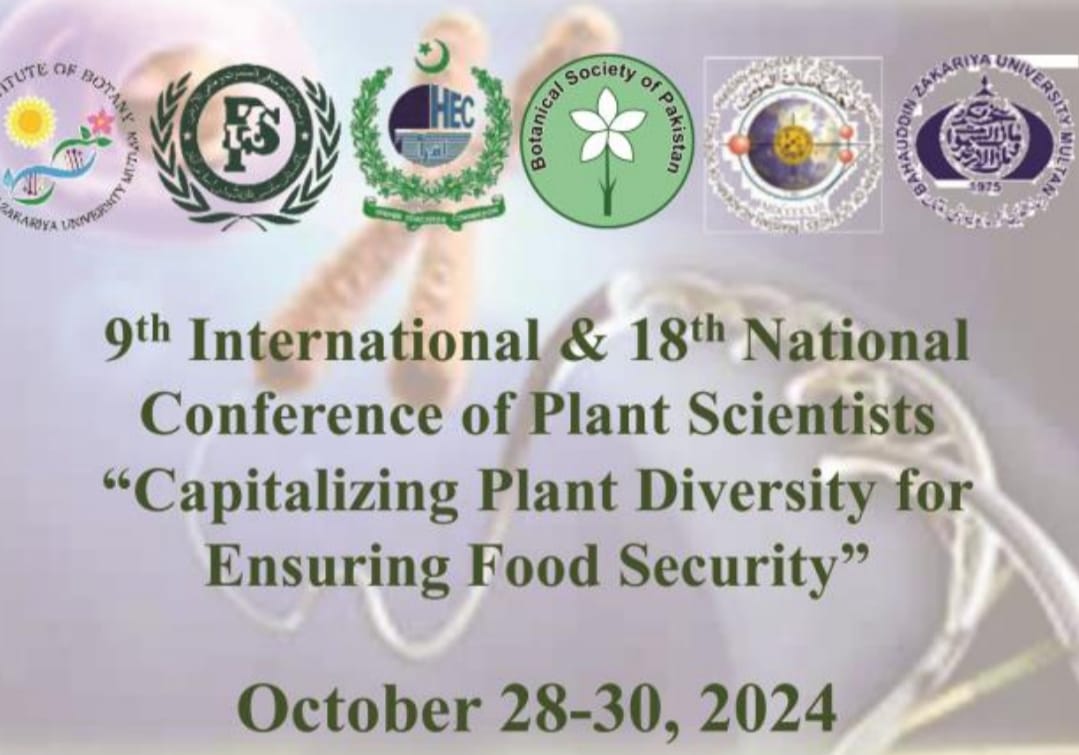
PJB-2021-36
An assessment of phytoplankton diversity in relation to environmental variables in the Indus river estuary, Sindh, Pakistan
Sher Khan Panhwar and Mushaiyada Mairaj
Abstract
Phytoplankton diversity, community structure and seasonal oscillation were appraised from the Indus River Estuary (IRE) in 2017~2018. Due to high turbidity in the IRE overall diversity was low whereas diatoms were higher than that of the dinoflagelates. A total of twenty two species include sixteen diatom and six dinoflage were recorded. Among diatoms Pseudonitzschia (1960 cells/ml) was abundantly netted followed by Thalassionema (1412 cells/ml) and Thalassiosira (570 cells/ml). Genus Protoperidinium of the dinoflagelates amounting 570 cells/ml was abundantly found in October. Species distribution, richness and eveness calculated to determine diversity peofile. The highest value (2.38, 0.88) of Shannon and Simpsons’ diversity indices calculated for diatoms in September appears to be suitable season due low turbidity in the IRE. A cluster analysis was established to understand similarity among season/species is graphically represented by a dandrogram distinguishes three clades. A multivariate approach of canonical correspondence analysis (CCA) was established to determine impact of environmental variables on the seasonal distribution and abundance plankton communities. Overall 73.43% variability (eigenvalue 0.451, P value 0.324) deduced from first component PCI and 19.85 PCII (eigenvalue 0.0127, P value 0.996) from loaded data sets. It is summarized that meagre density of plankton is more likely controlled by the abiotic factor rather than biotic mechanism (Heterotrophs). Thus plankton distribution is triggered by the turbidity, temperature and salinity rather than conductivity or dissolved oxygen. The outputs of this study can be an input to understand food~web dynamics in the IRE
To Cite this article: Panhwar, S.K. and M. Mairaj. 2022. An assessment of phytoplankton diversity in relation to environmental variables in the Indus river estuary, Sindh, Pakistan. Pak. J. Bot., 54(4): DOI: http://dx.doi.org/10.30848/PJB2022-4(31)
Download PDF


